Introduction
In power generation, accurately measuring how much liquid or gas flows is important for efficiency. Among various methods used in the oil and gas industry for this purpose, Coriolis flow meters have gained popularity among manufacturers and users of oil and gas. But, how do these meters work exactly? What makes them so preferred in power generation? How do they improve system performance? These are the key questions that highlight the importance of understanding Coriolis mass meters in power generation.
In this article, we will delve into the transformative role of the Coriolis meter, exploring its applications, benefits, and the paradigm shift it introduces to the fluid measurement landscape within power plants. Keep reading as we unravel the complexities, celebrating the Coriolis mass flow meter as a beacon of efficiency in the ever-evolving world of power generation.
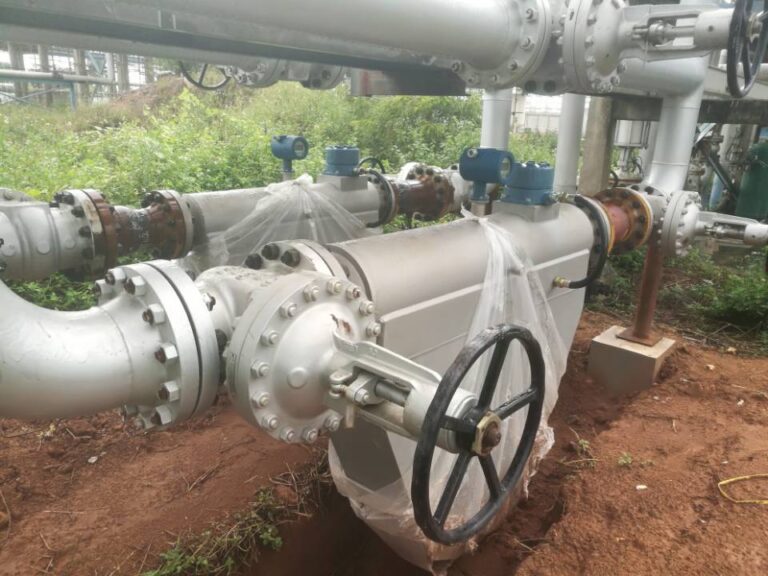
Coriolis mass flow meter
The Coriolis effect manifests as a force acting on a moving object within a rotating system. This intriguing phenomenon finds practical application in Coriolis mass flow meters, where it becomes a pivotal element in flow measurement. As fluid courses through the vibrating tubes within these meters, the Coriolis effect comes into play, inducing a characteristic twisting motion in the tubes. This torsional movement is directly linked to the mass flow rate of the fluid, establishing a direct and proportional relationship. This ingeniously harnessed effect is the key to achieving precise and reliable measurements, as the degree of twisting provides an accurate reflection of the mass flow rate.
Now, how do Coriolis mass flow meters work?
Coriolis mass flow meters consist of tubes oscillating or vibrating as fluid passes through them. As the fluid flows, it causes the tubes to deform due to the Coriolis effect. Sensors detect this deformation, and the extent of tube deformation is directly related to the mass flow rate. By analyzing these deformations, the meter accurately determines the mass flow rate of the fluid.
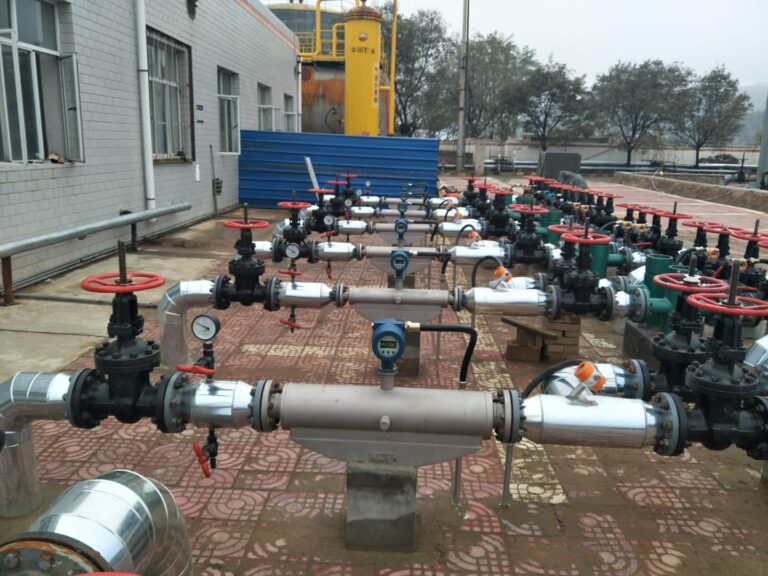
Applications of coriolis mass flow meters in power generation
The use of Coriolis mass flow meters can be applied to power generation in the following ways:
Fuel Measurement in Power Plants
Coriolis mass flow meters are extensively used to measure the flow of various fuels such as natural gas, diesel, heavy fuel oil, and others in power plants. These meters ensure accurate measurement of fuel consumption, efficient combustion processes, optimized energy output, precise billing, and inventory management.
Cooling Water and Steam Flow Measurement
Power plants require efficient cooling systems to maintain operational temperatures. Coriolis mass flow meters precisely measure the flow rates of cooling water, ensuring proper heat dissipation. Additionally, these meters are employed in measuring steam flow, monitoring boiler efficiency, optimizing steam generation, and maintaining safe operating conditions within the plant.
Lubricant and Oil Flow Measurement in Turbines
Turbines in power plants need consistent lubrication and oil flow for smooth operation. Coriolis mass flow meters are then used to precisely measure the flow rates of lubricants and oils within turbines. Accurate measurement ensures proper lubrication, reduces wear and tear and helps prevent equipment failures.
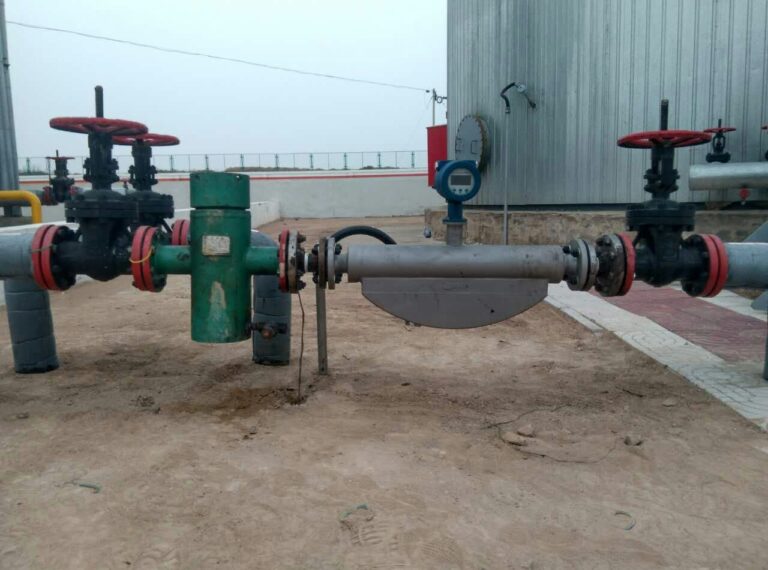
Benefits of coriolis mass flow meters in power generation:
Coriolis mass flow meters have their benefits in power generation and some of them include:
Accuracy
Coriolis mass flow meters provide highly accurate measurements of mass flow rates across a wide range of fluid types and conditions. Coriolis meters offer a rate inaccuracy of 0.1-2% within a mass flow range spanning up to 100:1. This accuracy ensures precise monitoring and control of fuel, water, steam, and other crucial flows within power plants. Accurate measurements contribute to optimizing combustion processes, ensuring proper cooling, and maintaining efficient operation of turbines and boilers.
Efficiency
By accurately measuring flow rates, Coriolis mass flow meters enable power plant operators to fine-tune processes for optimal performance. They assist in achieving the right balance of fuel-to-air ratios in combustion systems, reducing energy losses and improving overall plant efficiency. Precise measurement and control of cooling water and steam flows also contribute to minimizing energy wastage and ensuring that resources are utilized optimally for power generation.
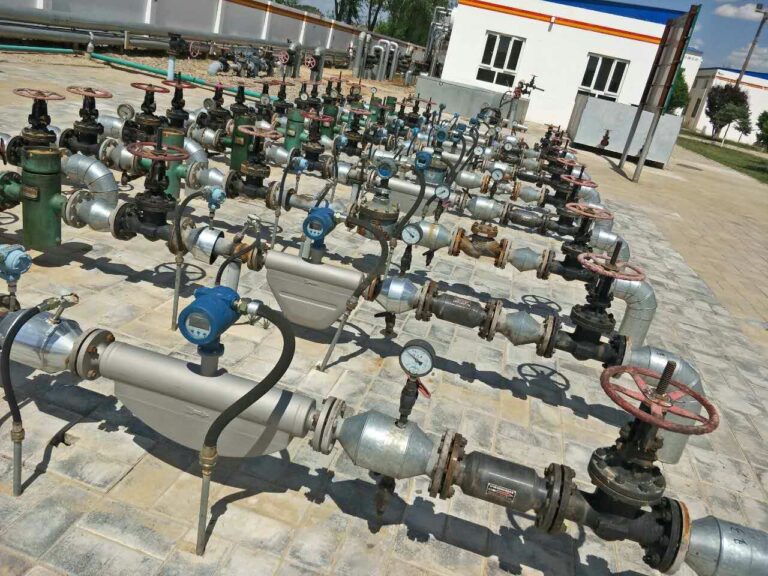
Maintenance
Coriolis mass flow meters have minimal moving parts in contact with the fluid, reducing wear and tear. Their design contributes to reliability and longevity which results in reduced maintenance requirements. This characteristic not only decreases downtime for maintenance but also increases the overall reliability of the power plant equipment. Reduced maintenance needs lead to improved operational continuity and lower associated costs.
Cost Savings
Accurate measurement and control of fluid flows using Coriolis meters contribute to better resource management within power plants. This precise monitoring helps in optimizing fuel consumption, reducing excess usage of water or steam, and preventing inefficiencies that could lead to unnecessary costs. The ability to accurately measure and manage resources translates into significant cost savings over time.
Safety
Coriolis mass flow meters provide accurate and real-time data on flows such as water, steam, etc. This ensures that systems operate within safe parameters. Accurate monitoring helps prevent potential hazards, making sure that the safety of equipment, personnel, and the environment within the power generation facility is guaranteed.
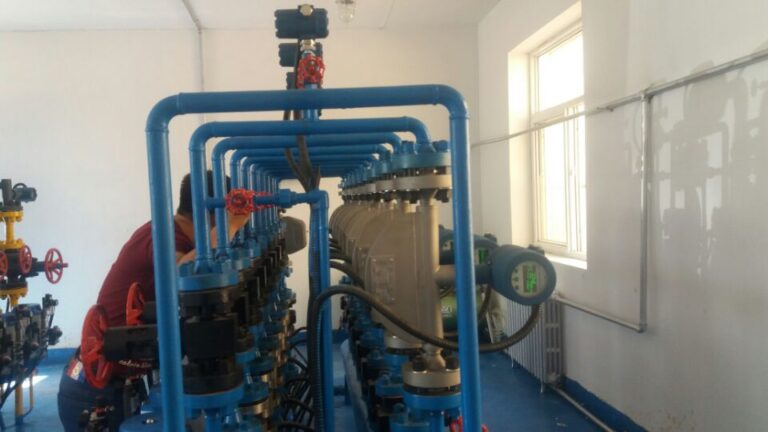
Challenges in implementing coriolis mass flow meters in power generation:
Since there are advantages or benefits of Coriolis mass flow, we should also expect some challenges. Some of them include:
Installation
Installing Coriolis mass flow meters can pose some challenges, especially in power plants where space constraints or complex piping configurations exist. The meters need to be placed properly in the system to ensure accurate readings, and finding suitable locations for installation can pose difficulties.
Cost Considerations
The initial investment in Coriolis mass flow meters might be higher compared to other flow measurement devices. This can impact the overall budget of a power plant project. Balancing the need for accurate measurement with the associated costs requires careful consideration and planning.
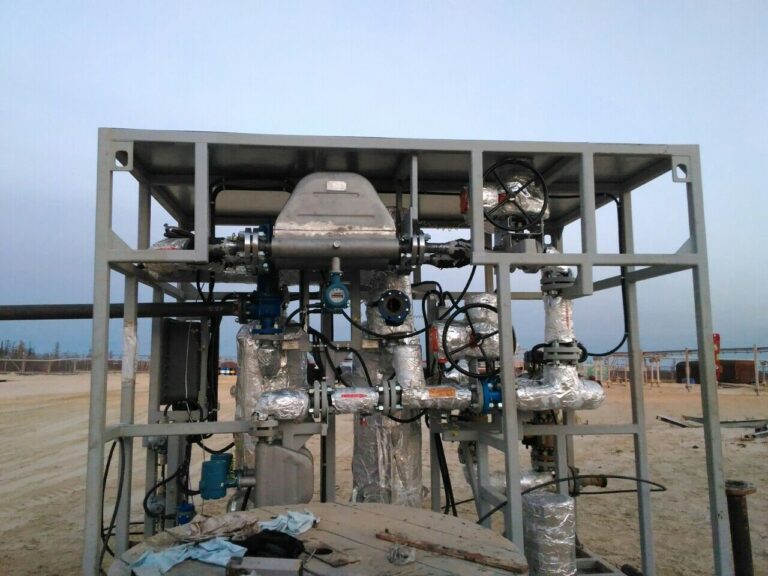
Compatibility
Integrating new Coriolis meters into existing power plant systems can be difficult. Ensuring compatibility with the plant’s control and monitoring systems, as well as seamless integration without disrupting ongoing operations, requires thorough planning and expertise.
Calibration and Verification:
To maintain accuracy, Coriolis mass flow meters need regular calibration and verification. Achieving and sustaining the required accuracy levels often necessitates periodic recalibration. Ensuring proper calibration protocols and schedules is necessary to maintain the reliability and accuracy of measurements.
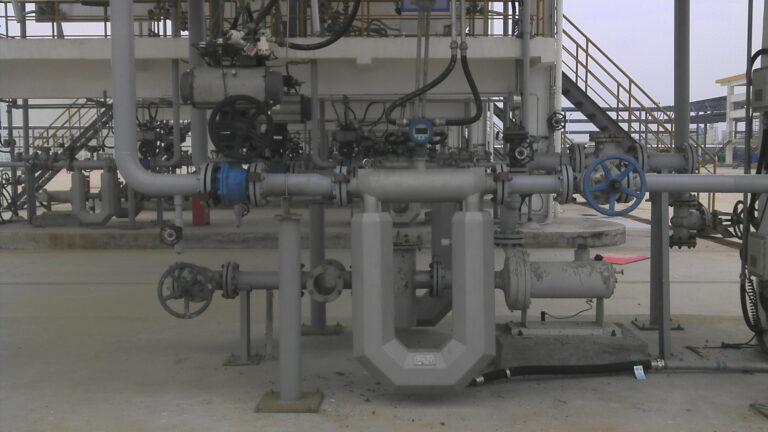
Emerging technologies in flow measurement for power generation
The following are the emerging technologies in the flow measurement of power generation:
Non-Intrusive Flow Measurement:
Advancements in non-intrusive or clamp-on flow measurement technologies are now coming to light. Other than that, ultrasonic or optical sensors that can measure flow without direct contact with the fluid are being developed. These technologies offer advantages in situations where traditional meter installation is challenging or undesirable.
Wireless and IoT Integration:
Integration of wireless technologies and Internet of Things (IoT) capabilities into flow measurement devices is gaining traction. This allows remote monitoring, data collection, and real-time analytics, enabling more efficient operation and predictive maintenance strategies.
Multiphase Flow Measurement:
With increased interest in renewable energy sources like biogas or unconventional fuels, technologies for accurately measuring multiphase flows (mixtures of gas, liquid, and solids) are evolving. These advancements are important for the efficient utilization of alternative energy sources in power generation.
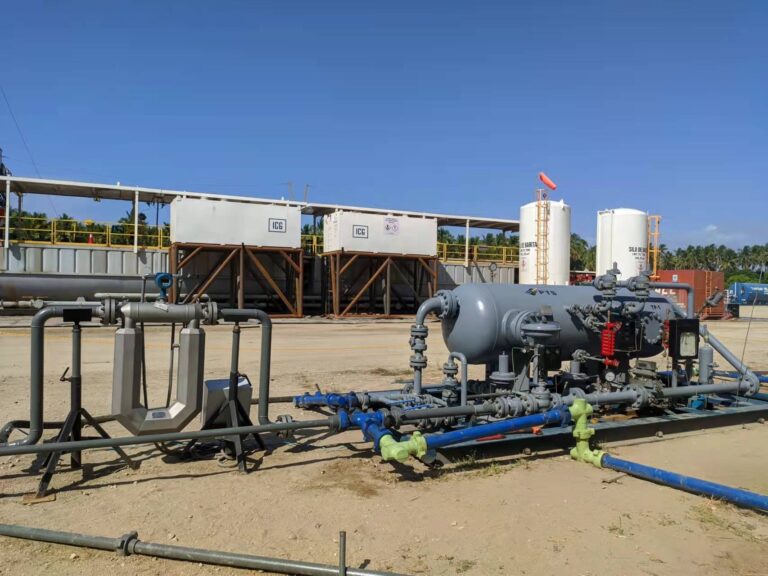
Potential advancements and improvements in coriolis mass flow meters
From the look of things, it does appear that there would be a significant improvement in the Coriolis mass flow meter in the future. The following are the potential advancements:
Miniaturisation and Portability:
Efforts to make Coriolis mass flow meters more compact and portable are underway. Smaller and lighter meters would offer increased flexibility in installation and usage across various power plant systems.
Augmented Measurement Range and Accuracy:
Continued research aims to expand the measurement range and improve accuracy in Coriolis meters, allowing for more versatile applications in power generation, including extreme conditions or varying flow rates.
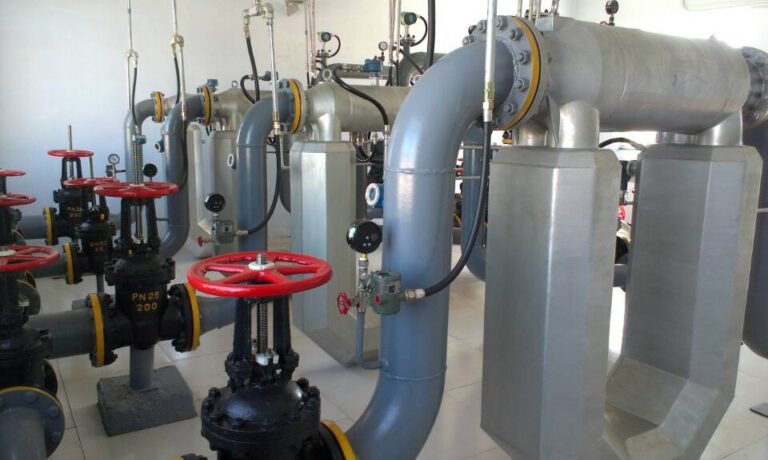
Advanced Material and Coating Technologies:
Innovations in materials and coatings are being explored to enhance the durability of Coriolis meters when dealing with corrosive or abrasive fluids. Specialised materials or coatings can extend the lifespan of meters and maintain accuracy in challenging environments.
Integration with Predictive Analytics: Incorporating predictive analytics and artificial intelligence algorithms into Coriolis meters can improve their capabilities for predictive maintenance, anomaly detection, and optimised performance in power generation processes.
Enhanced Connectivity and Data Processing:
Future advancements focus on improving Coriolis meters’ connectivity options and data processing capabilities, enabling seamless integration with plant control systems and facilitating more sophisticated data analysis for enhanced operational ideas.

Conclusion
Accurate flow measurement is central in power generation, ensuring efficient and safe operations by precisely monitoring fuels, water, steam, and other essential fluids. Coriolis mass flow meters stand out due to their unmatched accuracy, versatility, and reliability across diverse fluid types.
These meters offer advantages such as improved operational efficiency, reduced energy wastage, lower maintenance needs, cost savings, and maintaining safe operating conditions. However, challenges like installation complexities, initial costs, compatibility issues, calibration requirements, and fluid characteristics need consideration.
Finally, accurate flow measurement, mainly facilitated by Coriolis mass flow meters, remains integral to the evolution of power generation. Embracing innovations and addressing challenges will ensure sustainable, efficient, and safe power generation processes in the future.
